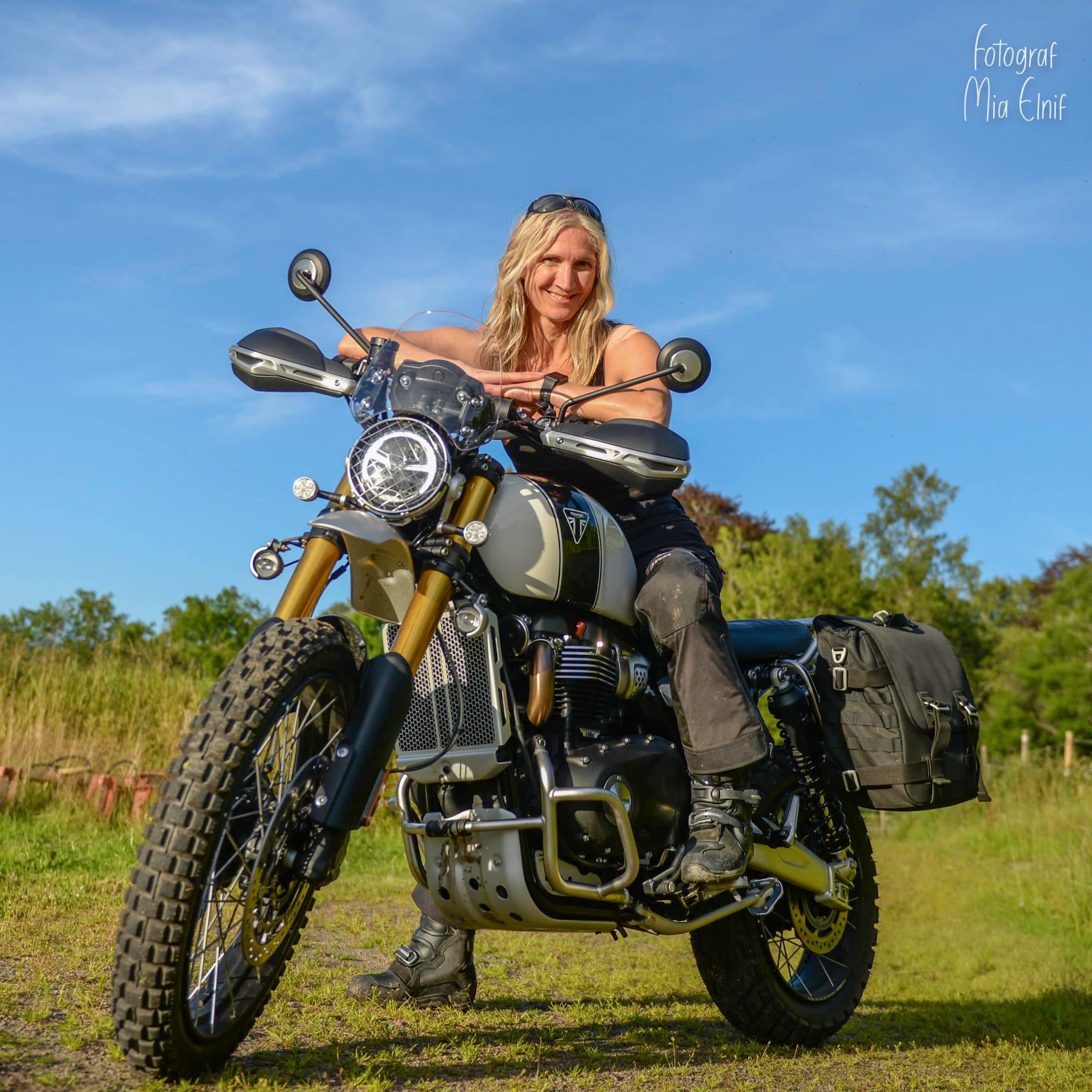Tarform – timeless design meets new technology.
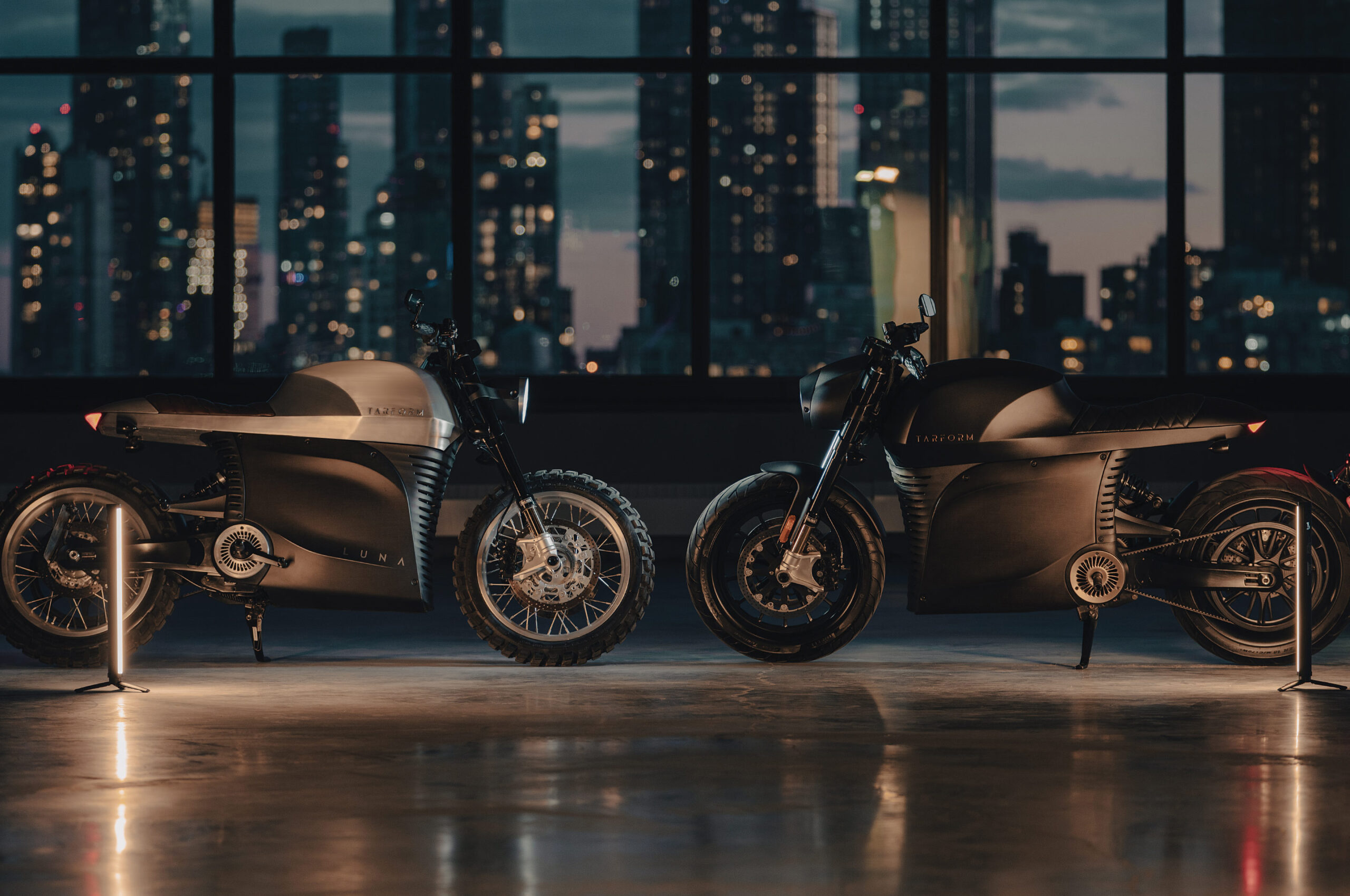
It was one of those typical Brooklyn days – the sound of traffic, ambulance sirens in the distance, and the smell of coffee from nearby cafés. Walking past a massive garage, Taras noticed motorcycles everywhere. Curious, he stepped inside and asked the owner, who explained that it was a community garage: for $125 a month, you could come and work on your bike.
This was a concept Taras had never encountered in Sweden. The very next day, he bought a vintage Kawasaki and became a member of the garage community, diving headfirst into New York’s vibrant motorcycle culture.
In that garage – filled with everything from vintage riders to speed bike enthusiasts and bobber builders – Taras found a diverse community united by a shared love for motorcycles.
During the weekdays, he sat at his desk at his design agency; every weekend, he was back at the garage. Among the smell of oil, piles of tools, and half-assembled bikes, time would simply disappear. He learned to weld, to understand the anatomy of engines, and to work with machines in a hands-on way – a form of engineering that went far beyond aesthetics. The garage became his sanctuary – a place where his hands and imagination worked in harmony, bolt by bolt.
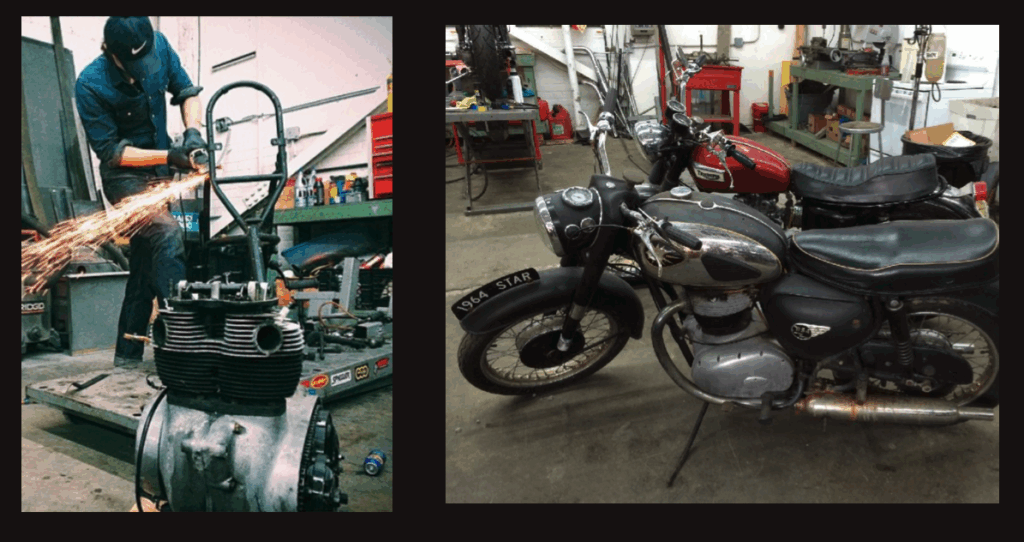
Vintage and timelessness
But the story really began much earlier.
At six years old, Taras moved with his family from the Soviet Union to Stockholm during a time of political unrest and economic uncertainty. In Sweden, he grew up with a deep appreciation for the classic and the timeless.
It was never the modern, fast machines that drew him in, but rather the older bikes – full of soul and character. His first great love was a 1982 Yamaha XS 400.
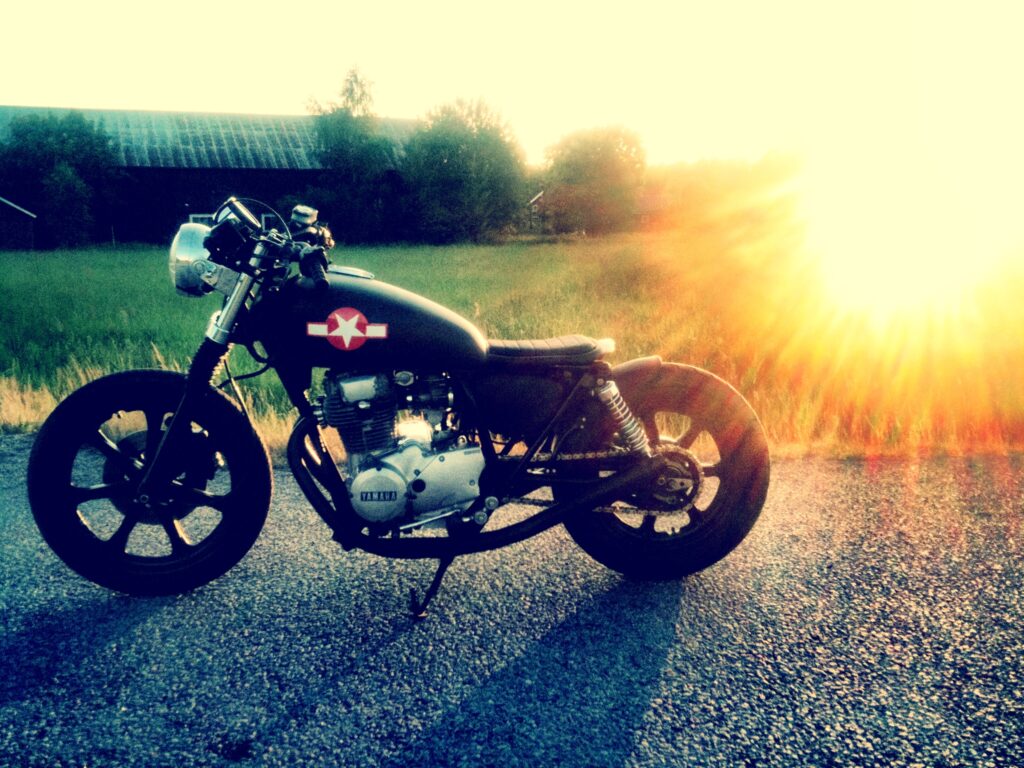
Once established in Brooklyn, Taras spent his weekdays at his design agency and his weekends in the garage. This went on for a couple of years until, by chance, he was offered the opportunity to build a custom bike for the British clothing brand Belstaff – known for its classic motorcycle jackets and ambassadors like Steve McQueen, Ewan McGregor (Long Way Round), and David Beckham.
He built them a Triumph café racer, completing the project in just 30 days.
“I had no idea what I was doing – it was the first time I got paid to build a bike. It was a bit frightening but also gave me the feeling: ‘this is an opportunity.’ I’d always toyed with the idea of becoming a custom builder – finding the balance between digital and physical craftsmanship.”
Soon, more commissions started rolling in. His Bellstaff Triumphs were shipped to Tokyo, Munich, and London.
What began as a side hustle was turning into a career.
About seven years ago, however, Taras realised he didn’t want to remain a custom builder – crafting one machine at a time was simply too slow.
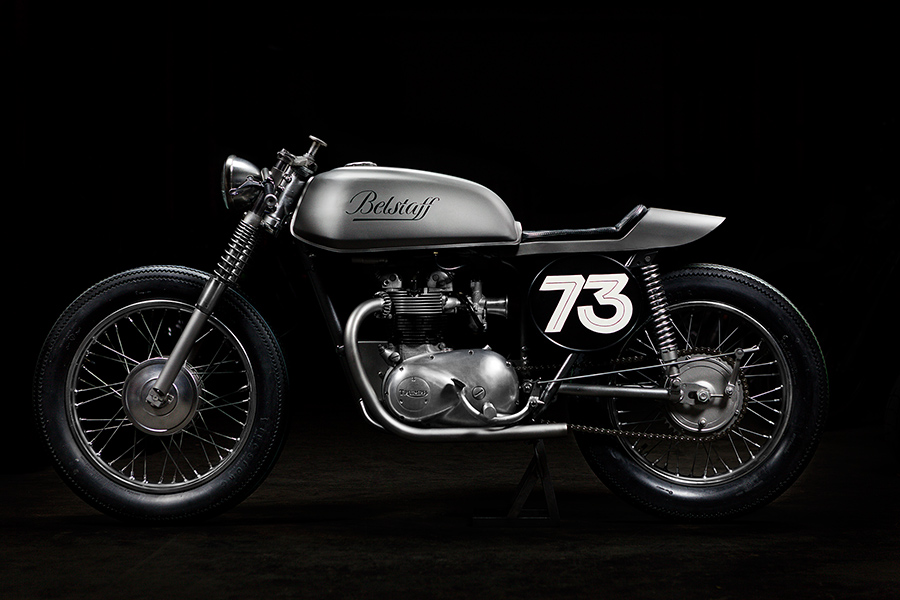
At the time, the US motorcycle scene felt stagnant; interest in motorbikes was declining, and electrification was the hot topic. Tesla had announced the future of cars, but in the motorcycle world, nothing seemed to be happening.
The industry felt outdated – uninspired – with new bikes focusing purely on performance and lacking true design integrity.
“The spirit of café racer culture, and the honesty in the machines from the 60s and 70s, is gone,” Taras says. “Modern motorcycles are overloaded with plastic and tech.”
With Brooklyn as a base
The idea began to take shape: what if you could build an electric motorcycle that honoured the timeless, classic designs of British bikes from the 60s and 70s?
What if you could create not just a motorcycle, but an entire lifestyle and culture around it?
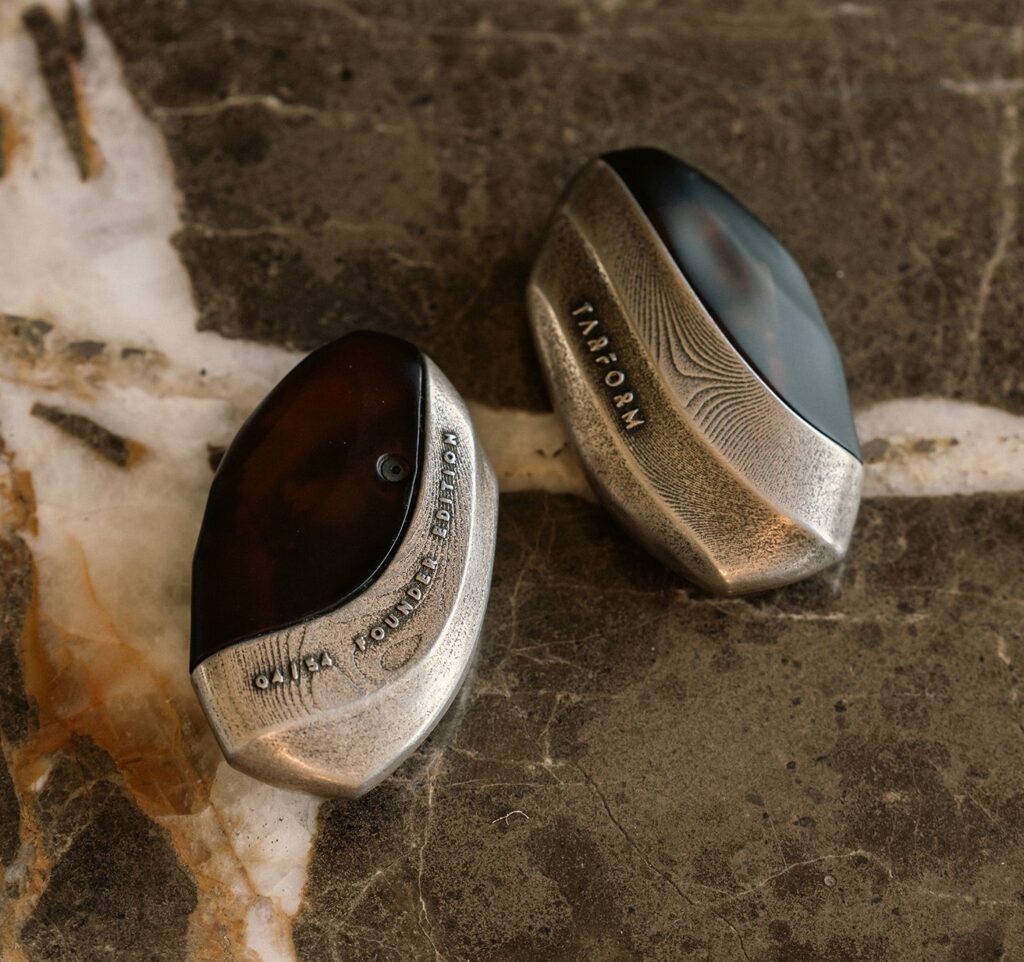
The more Taras thought about it, the clearer it became: why not? He closed his design agency, stopped building custom bikes, and threw himself into building his own brand: Tarform.
Initially, he was in contact with Innovatum in Trollhättan, Sweden, considering starting up back home. He even visited spaces in the old Saab factories.
But when an investment opportunity presented itself in Brooklyn, he decided to stay and build his company there.
Challenges along the way
It took several months to establish the design language and create the first motorcycle.
Taras and three others spent a year and a half welding and working in a garage to build the very first prototype, which they launched in Brooklyn in 2018.
When launch day arrived, Taras was hesitant – the bike hadn’t turned out as he had imagined. But they needed to show something. Somehow, the press had caught wind of the project and showed up with questions about the “new future motorcycle.” About 300 people attended the launch party.
Even though Taras wasn’t happy with the prototype, it was enough to convey their vision.
The response confirmed they were on the right path.
Using that momentum, Tarform raised capital and started from scratch – keeping nothing from the first two prototypes.
It took another year and a half of development work to produce the first pre-production model, which was launched in 2020. This happened in the middle of the COVID pandemic – a challenging time for everyone, especially if you’re trying to assemble a motorcycle made up of around 600 different components at a time when global supply chains were in disarray.
For several months, the project felt uncertain. They not only needed to complete a functioning motorcycle, but also prove to investors that the product was in demand – and more than just a hobby.
In June 2021, however, they succeeded in launching the first fully developed bike and immediately attracted significant media interest. The New York Times, among others, covered Tarform. The attention led to a few hundred pre-orders within just a few months.
With that as a foundation, they were able to raise further capital and begin the certification process – a long bureaucratic journey involving tests of brakes, batteries, and a host of other components
At the beginning of 2022, the very first motorcycle was delivered to a customer – the Barber Vintage Motorsports Museum in Alabama, recognised by Guinness World Records as the world’s largest private motorcycle museum.
The museum was founded by George Barber, a former racing driver and dairy entrepreneur, who began collecting motorcycles in the late 1980s.
The collection now includes over 1,800 motorcycles from more than 220 manufacturers across 22 different countries, featuring models ranging from the early 1900s to the present day. “Delivering to them felt like a big moment,” Taras says.
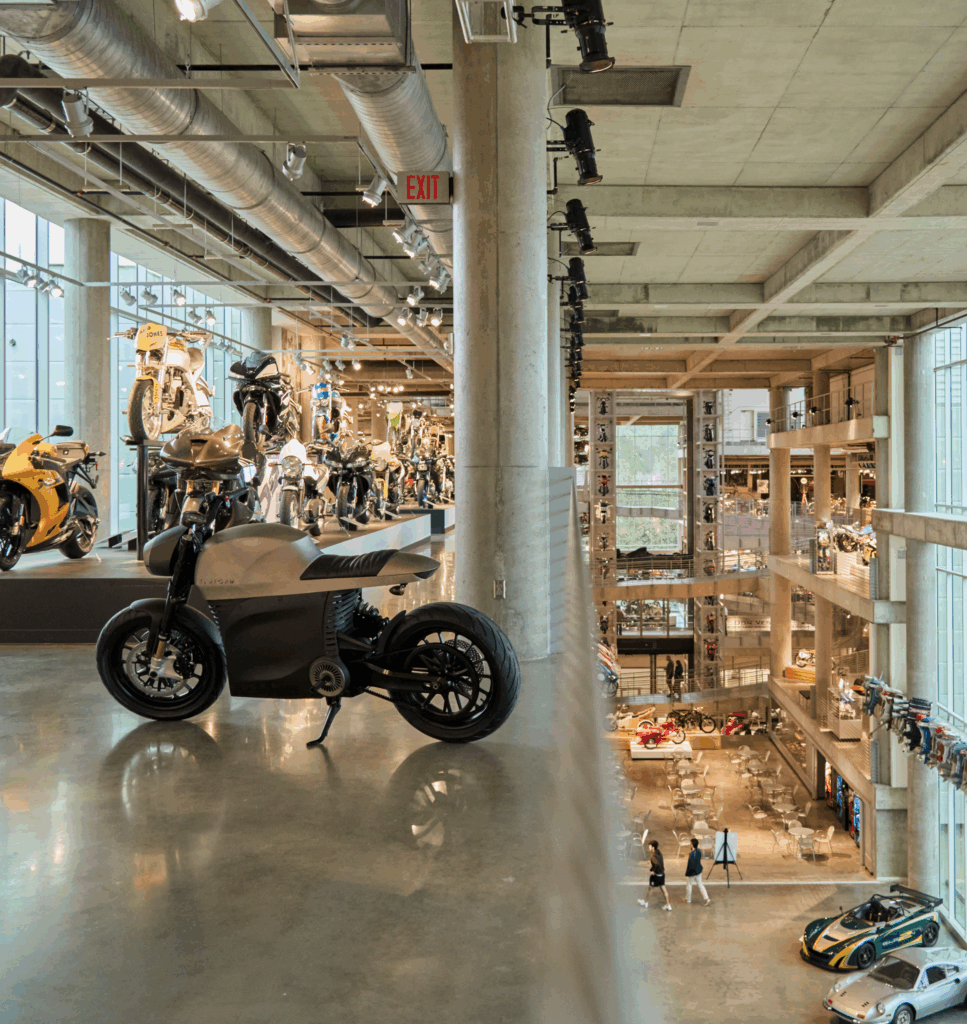
Since then, Tarform has delivered bikes to musicians, DJs, the lead designer of Nike, athletes, and even a Saudi prince.
All Tarform motorcycles are built by hand in Brooklyn, aimed at a very specific clientele.
From basement garage to the NY skyline
Today, final assembly and production happen in Tarform’s own space at the Brooklyn waterfront, overlooking the New York skyline.
“When we started in that basement garage with no windows, I had a vision of one day having a workshop overlooking Brooklyn – and now we’re here”, Taras says.
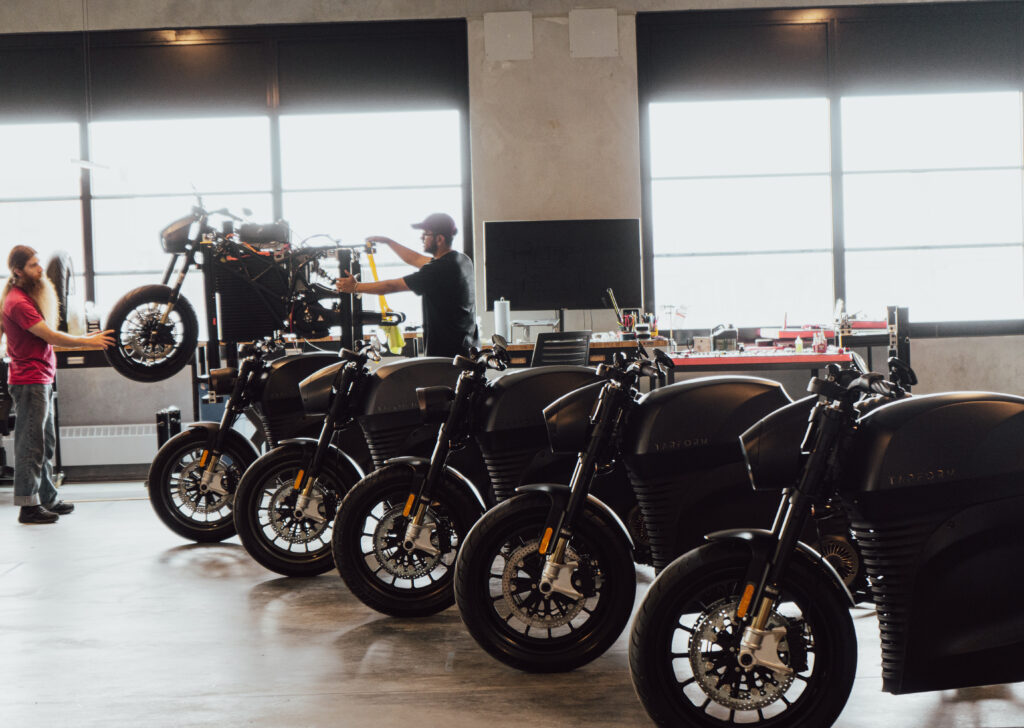
The parts for Tarform motorcycles come from all over the world – China, India, and Sweden among others.
Swedish components include front forks from Öhlins and braking systems from ISR.
The goal is to find the perfect balance between high quality and affordability.
Currently, five motorcycles are being built in the workshop.
Luna – Tarform’s flagship
The motorcycle that Tarform has been perfecting over the past two and a half years is their flagship model – Luna. The first generation, known as the Founder Edition, launched at a price starting from €44,000 and is entirely custom-built for each client. Every motorcycle is tailored – from material choices to colour and details such as spoked wheels. Each part is numbered, making every Luna unique – like a bespoke suit.
- Performance: 0–100 km/h in 3.5 seconds.
- Power: 67 hp (50 kW).
- Riding Modes:
- City – 50% torque
- Cruise – 75% torque
- Cheetah – 100% torque
- Tank Body: Hand-formed aluminium as standard, with optional carbon fibre or flax fibre versions.
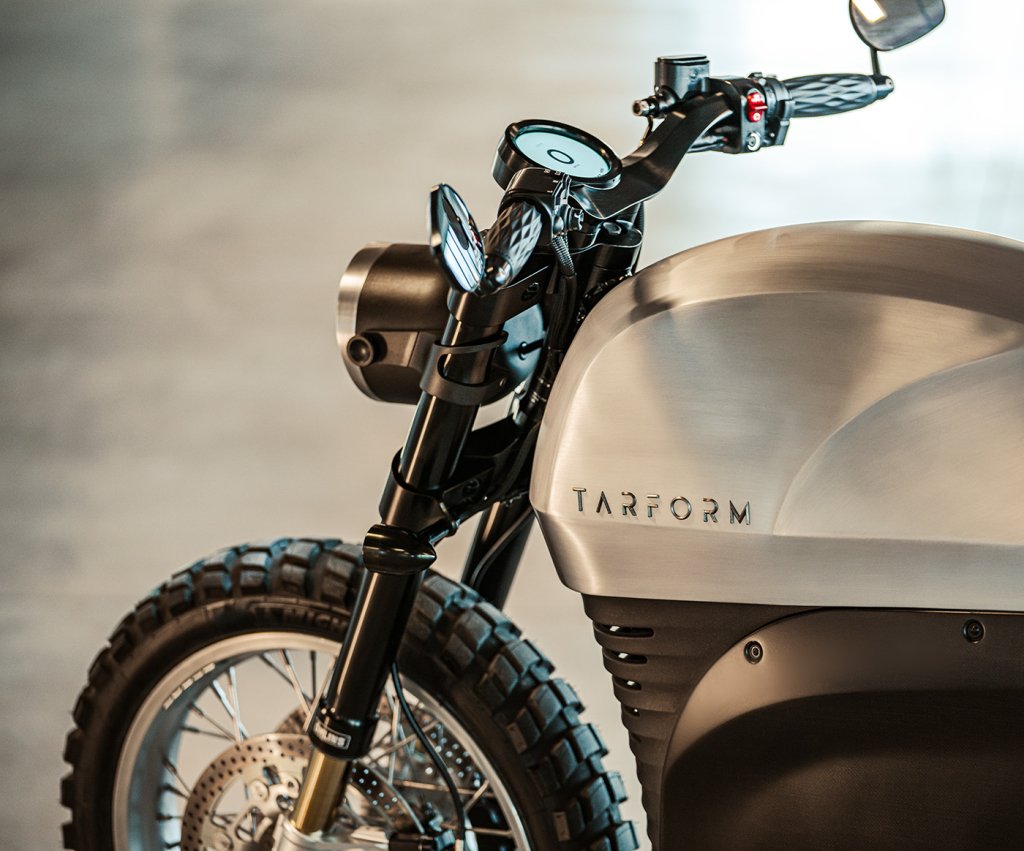
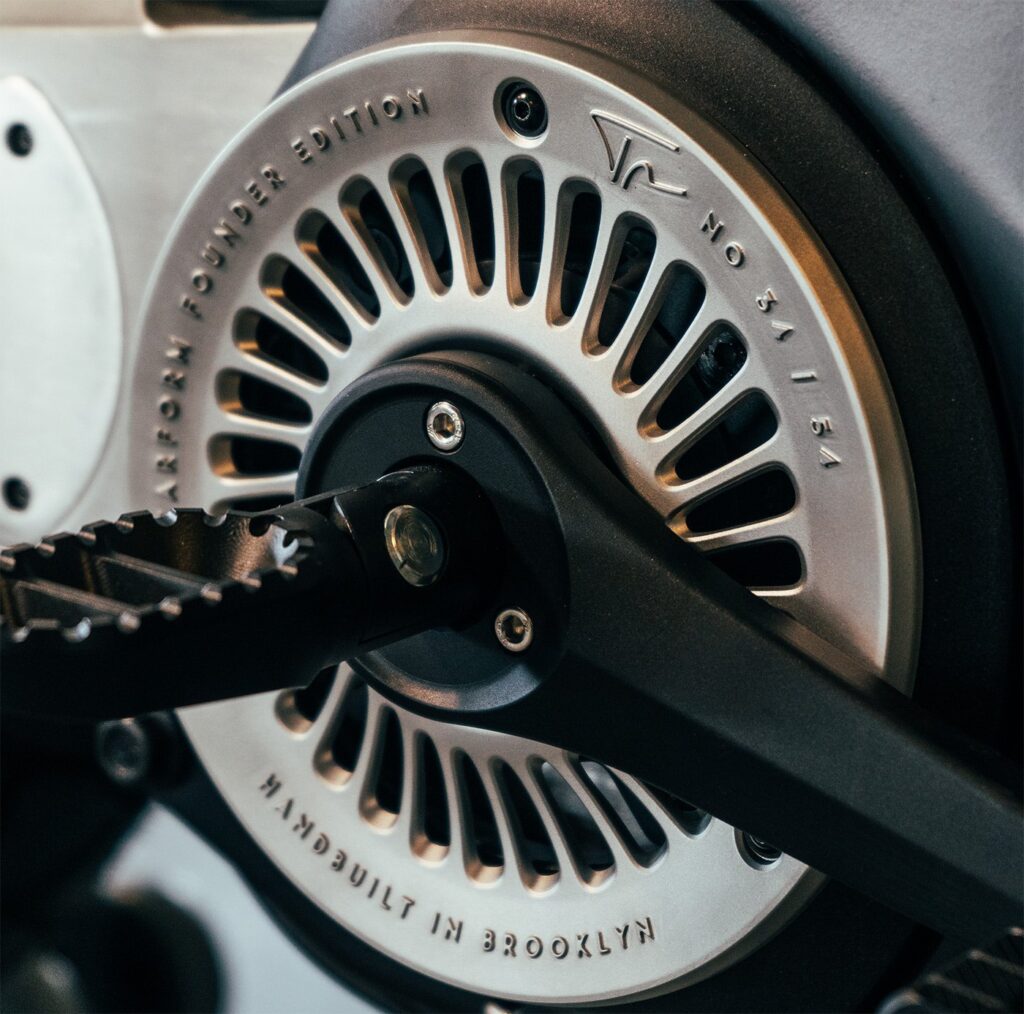
Vera – bringing electric motorcycles to more riders
Tarform’s grand vision has never been just about building luxury bikes.
Like Tesla, they started in the premium segment with the intention of developing more accessible models later.
Last year, work began on their second model, Vera – a stylish, urban-friendly electric motorcycle priced at €16,000.
Vera is designed to be beautiful, easy to ride, and accessible to a broader audience.
Currently in development, the first prototype is expected by summer, followed by market testing.
The name Vera comes from Russian, meaning “faith” and “hope” – a tribute to Taras’s Ukrainian heritage.
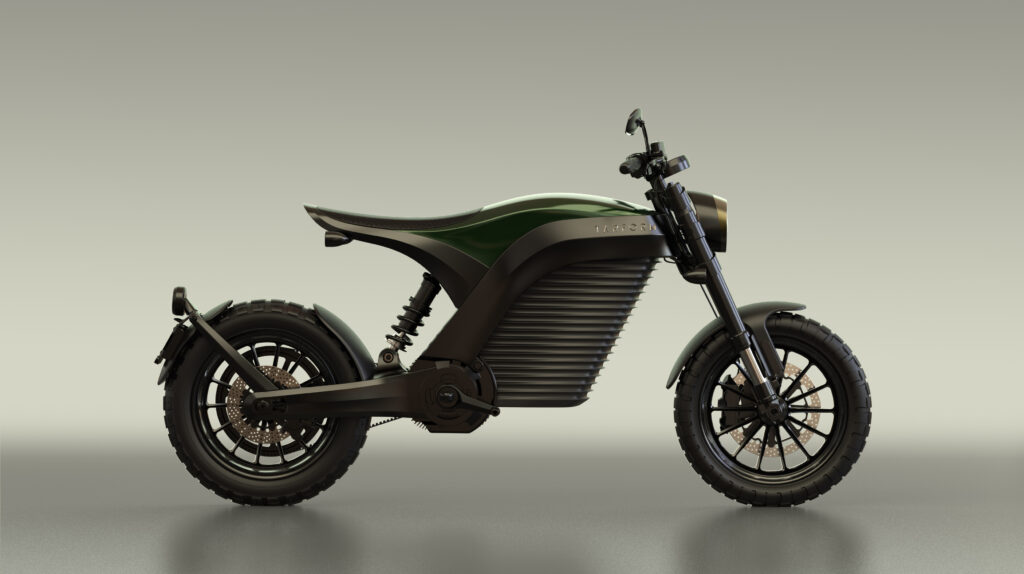
- Performance: 0–100 km/h in 3.5 seconds.
- Power: 40 hp / 67 hp (30 kW and 50 kW options).
- Suspension: Öhlins front and rear suspension available as an upgrade; standard models equipped with OEM suspension.
- Brakes: Brembo brakes fitted as standard.
- Saddle Materials: Various sustainable material options available; currently using Tea leaf fabric.
- Other Components: Recycled aluminium used wherever possible.
- Tank Body Material: Top panel crafted from flax fibre.
- Frame: Aluminium construction.
- Riding Modes:
- City – 50% torque
- Cruise – 75% torque
- Cheetah – 100% torque
Sound – part of the soul and safety
A key part of Tarform’s philosophy has also been to preserve the sound experience.
Traditional motorcycles convey much of their character through engine noise, and Taras didn’t want electric power to mean silence.
Instead, Tarform developed a proprietary acoustic system where the vibrations of the electric motor are amplified through the bike’s “tank body” – much like the body of an electric guitar.
This gives the bike soul and presence – and also improves road safety, as being heard by other drivers is crucial.
While few question the acceleration and riding experience of electric motorcycles, debates continue around battery technology, charging infrastructure, and range.
Eyes on Europe
Taras aims to officially launch Tarform in Europe soon, but first, Luna and Vera must pass specific certification tests – particularly battery, lighting, and mandatory ABS integration.
Since Tarform’s first prototype debut in 2018, expectations have shifted.
In the US, interest in electric motorcycles has grown slower than expected, with petrol bikes still dominating.
But Europe paints a different picture. Shorter distances, denser cities, and a greater emphasis on urban mobility make electric bikes far more attractive.
The future of electric motorcycles
Taras believes electrification is inevitable – but also acknowledges that change will take time.
“It largely depends on how quickly the infrastructure develops,” he says. “But I’m convinced that’s where we’re heading.”
Don’t miss our test drive of Luna – you can find it here!

